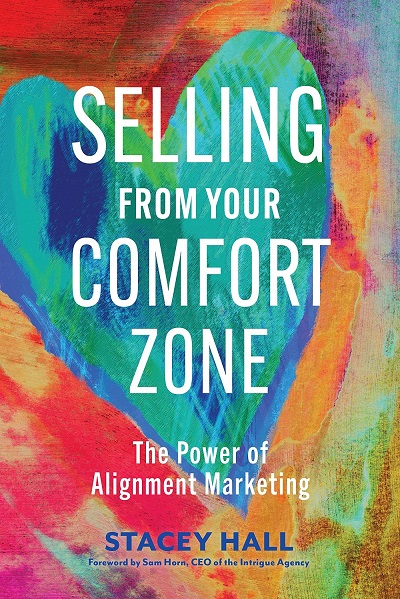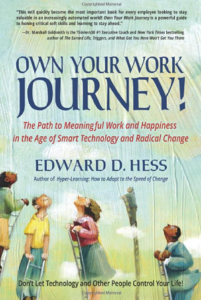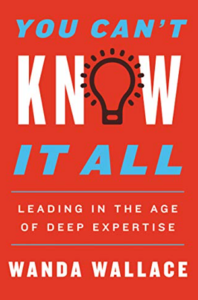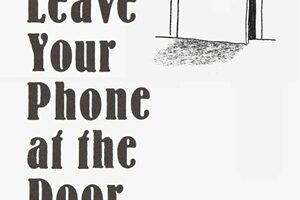Alignment marketing. The term almost sounds like one of those concepts a Tony Robbins or Lynn Clark (outside a leadership context) would use for one of their respective seminars, or speaking engagements. But in this case, author Stacey Hall uses it in a manner decidedly opaque, definitive, and easy to understand for a wide audience.
Much like an algebra equation, she semi-visually demonstrates the thought process behind the titularly referenced Alignment marketing concept in her new book, Selling from Your Comfort Zone: The Power of Alignment Marketing. “Alignment+BeliefxConsistency=Sales, Satisfaction, and Success,” Hall writes. “…Most sales ‘gurus’ will tell you that to make progress, you need to feel uneasy and stressed. They think you must reach a level of pain and discomfort that feels so bad you cannot tolerate it any longer, and only at that point can you make a change. They also say that when you have reached that level of stress, you will have increased focus, creativity, drive, and productivity.
It is common to hear from these trainers that the brain is lazy and wants to keep you safe. Therefore, ignoring your mind and taking risks will show you what you are ‘really made of’,” she continues. “…Haven’t they heard that stress, fear, and perceived danger produce fight-or-flight responses? I did a survey of hundreds of entrepreneurs and asked how many feel it is important to get out of their comfort zone to be successful. The overwhelming majority agreed with that statement. What this tells me is that they bought into the myth that they must get out of their own way.
However, when I asked these same entrepreneurs how many are willing to be out of alignment with their core values, the response was 100 percent that they would not be willing. Could this mean that their innate selves know that attempting to do or be something they are not creates internal conflict and angst? I believe so. How could people ever really get out of their own way? Only by going the way we are meant to go can we stay in alignment and be truly successful.”
In essence, the authenticity many of us strive for within our interpersonal relationships mirrors what we should modeling and approaching as a style at work. Hall isn’t entirely unique in this articulation. The line between ‘professional’ and ‘personal’ seems to have been permanently blurred within the postmodernist context. As far as Hall is concerned, however, this is proving to be a good thing. In many ways, she argues, the postmodernist set of examples have made the path to true success clearer, and more easily attainable when it comes to positive reinforcement and awareness. “I encourage my clients to realize they are now in control of their own lives.
AMAZON: https://www.amazon.com/Selling-Your-Comfort-Zone-Alignment/dp/1523001623
It is important to stop trying to do things the way they are ‘supposed’ to. I suggest to my clients that they play with, explore, and discover ways of managing their time and staying organized, which will give them more physical and mental energy,” Hall writes. “Once they do, they find they are more productive and creative. They are no longer selling their own skills short; they are more likely to feel confident and powerful while selling their products and services.”
Cyrus Rhodes



























